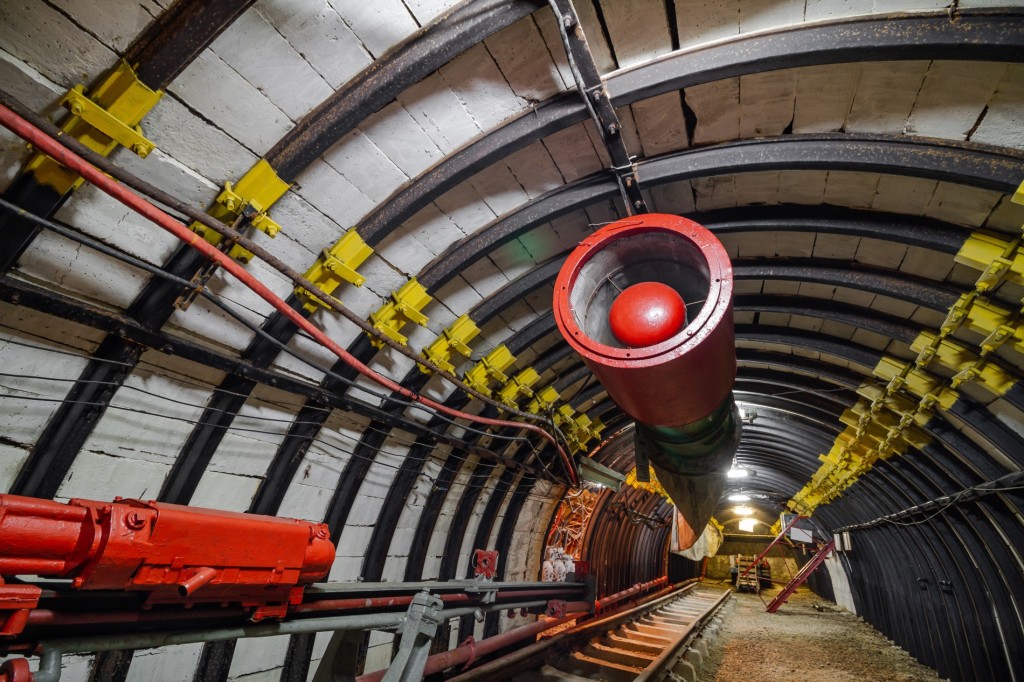Mine Ventilation Systems: Ensuring Safety and Efficiency Underground
Exploring abandoned mines can be an exhilarating and intriguing adventure, but one must never overlook the importance of mine ventilation systems. These critical components play a crucial role in maintaining a safe and healthy working environment for miners. In this article, we will delve into the world of mine ventilation systems, exploring their purpose, types, and the benefits they bring to underground operations.
Purpose and Importance
Ventilation in mines serves two primary purposes: ensuring adequate fresh air supply for workers and removing hazardous gases from the mining area. As miners dig deeper into the earth’s crust, they encounter various challenges related to air quality. The accumulation of toxic gases such as methane (flammable) or carbon monoxide (deadly) poses severe risks if not effectively managed.
By implementing a well-designed ventilation system, mine operators can mitigate these risks by diluting harmful gases with fresh air from the surface. Additionally, proper airflow helps control temperature and humidity levels within the mine, improving overall comfort for workers while reducing equipment wear caused by excessive heat or moisture.
Types of Mine Ventilation Systems
There are three main types of mine ventilation systems commonly used worldwide:
1. Dilution Ventilation System:
This system relies on blowing fresh air into the mine through fans placed at strategic locations on the surface. The incoming air mixes with existing contaminated air inside before exiting through natural openings or exhaust fans.
2. Auxiliary Ventilation System:
Auxiliary ventilation augments dilution techniques by providing additional airflow directly to specific areas where higher concentrations of pollutants may accumulate.
3. Forced Air Ventilation System:
Utilizing powerful fans installed throughout underground workings, this system actively pushes fresh air deep into excavations while simultaneously exhausting polluted air outwards.
Each type has its advantages depending on factors such as geology, depth of mining operations, presence of particular gases or dusts, and desired operational efficiency.
Benefits of Mine Ventilation Systems
A well-designed and properly maintained mine ventilation system offers several benefits to underground operations:
1. Safety Assurance:
By providing a continuous supply of fresh air, ventilation systems minimize the risk of gas explosions, fire outbreaks, or asphyxiation due to inadequate oxygen levels.
2. Health Protection:
Effective control of airborne pollutants ensures that miners are not exposed to harmful gases, dust particles, or other contaminants that may lead to chronic respiratory diseases such as silicosis.
3. Increased Efficiency:
Improved airflow helps maintain optimal working conditions by reducing heat stress on workers and preventing equipment malfunctions caused by high temperatures or humidity.
4. Compliance with Regulations:
Most countries have strict regulations governing mine ventilation standards to safeguard worker safety. Implementing proper ventilation systems ensures compliance with these regulations while avoiding potential legal consequences.
Challenges and Innovations
Designing and maintaining efficient mine ventilation systems is often complex due to the vast size and intricate network of underground workings. Challenges can arise from changing geology, expanding mining operations, or fluctuating workforce requirements.
To address these challenges, technological advancements have been made in recent years. These include the use of computerized monitoring systems capable of real-time data collection on airflow rates, gas concentrations, temperature variations, etc. Additionally, modeling software allows engineers to simulate different scenarios before implementing changes in the physical infrastructure.
Conclusion
Mine ventilation systems play a vital role in ensuring the safety and efficiency of underground operations. By providing fresh air supply while removing hazardous gases and controlling environmental factors like temperature and humidity levels within mineshafts, these systems protect miners’ health while enhancing overall productivity.
As urban explorers venturing into abandoned mines for thrilling adventures, it is important always to respect this critical aspect of mining history and appreciate how mine ventilation has evolved over time for the betterment of worker well-being deep below ground level

Leave a comment